The McLaren F1 will be reinvented before the turn of the decade in a project made possible by the bespoke skills of the Woking-based firm’s Special Operations division.
Read more: The reborn McLaren F1 has been confirmed for production as a hyper-GT
The all-new, limited-edition £2 million car will be built in homage to the F1 and include many of its standout design features — including the three-seat layout, powered dihedral doors with openings that extend to the roof’s central vein, and a roof snorkel. However, the car is also being engineered to an all-new brief as an ultra-powerful GT car.
Watch us drive the original McLaren F1 flat out at 243mph
With the P1 remaining at the pinnacle of McLaren’s line-up, Autocar understands the new F1 development team has been given the goal of making the fastest GT car yet built, as opposed to a super-sports car chasing outright performance.
“It applies the F1’s three-seat configuration to a different need: rapid, cross-continental travel with supreme speed and style,” said an insider. “The result will be the most exquisitely crafted and luxurious road-going McLaren yet made.” McLaren personnel are said to refer to the car as a hyper-GT.
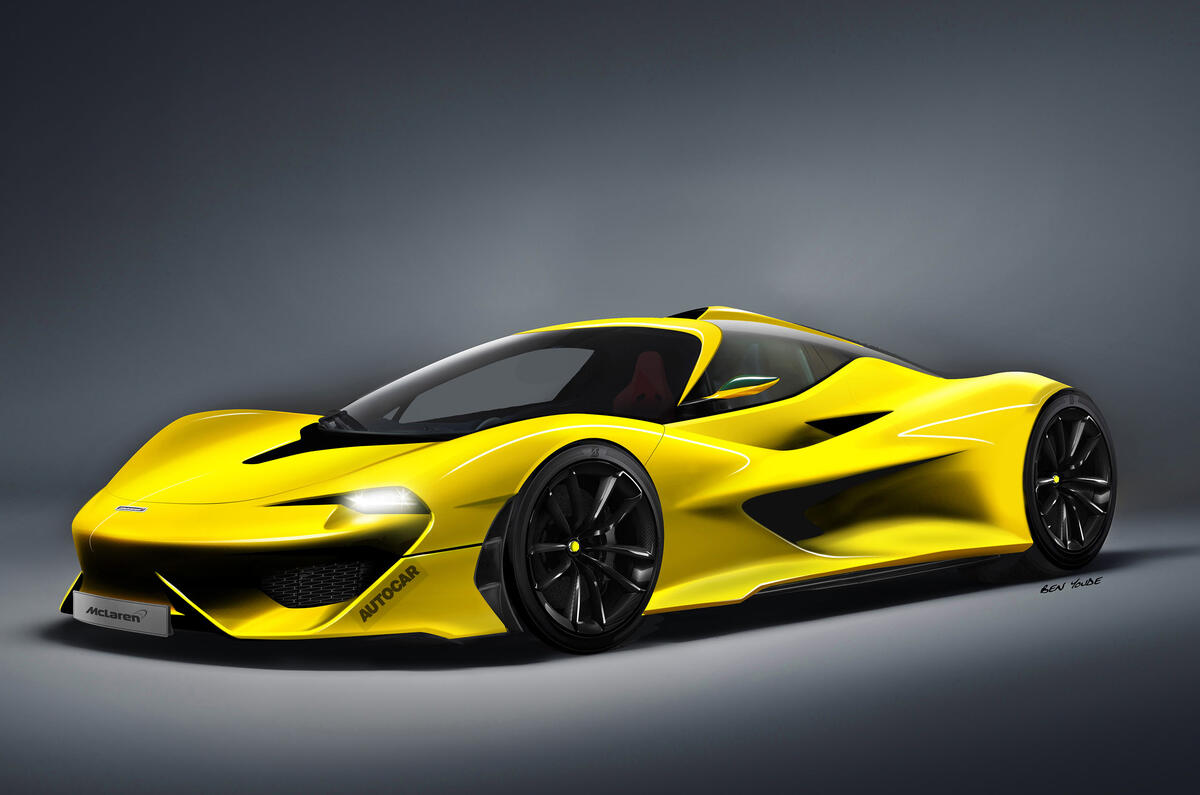
Our sources suggest the car will use a modified version of the twin-turbocharged 3.8-litre V8 engine that powers all of its cars, delivering more than 700bhp. There will be no electrical assistance, but the top speed will exceed 200mph.
That should give the new F1 a better power-to-weight ratio than the 650S while also allowing it to be tuned for the level of refinement demanded by its GT credentials.
Apple is holding talks with the interest of buying McLaren - read more here
“The power-to-weight goal is to eclipse any other car with three seats or more. But at the same time, this will be the most refined McLaren ever sold,” said the source.
The Autocar road test of the 650S delivered a 0-60mph time of 3.2sec, 0-100mph in 6.3sec and 30-70mph in 2.2sec. Tuning and trimming the car for cross-continental travel is likely to mean that it won’t eclipse the focused McLaren 675LT for performance, despite its power advantage. It is also unlikely a more extreme track version of the new F1 will be made.

How does the McLaren F1 fare against its MP4 12C relative? Find out here
To emphasise the new F1’s dual remit of supercar pace and GT-style comfort and refinement, it is understood that the car’s Proactive Chassis Control system — a feature on McLaren road cars — will be retuned with a focus on ride comfort, while the interior will be entirely bespoke.
The cabin will mix nods to the F1’s heritage with ultra-modern materials and finishings to create a luxurious feel in line with the car’s cross-country goal. A bespoke luggage set is also said to be among the standard equipment.
The car’s high-end design ambitions are said by our insider to give the interior a look “closer to a piece of art than a car”. It is rumoured that the entire switchgear will be bespoke and customers will be able to select from a huge range of finishes and materials, making it almost certain that no two cars will be the same.
As such, the car is being billed as a showpiece for the technical and design prowess of the McLaren Special Operations (MSO) division.

A bespoke version of McLaren’s carbonfibre monocage is understood to be under development to enable a central driving position and space for a passenger either side of the driver, as made famous by the original F1. The monocage was first developed for the P1 and is itself a development of the monocell that is the basis for every other production McLaren road car.
The car’s final look is uncertain beyond the F1 references, but the design team has been briefed to apply a carbonfibre body that looks shrink-wrapped over the interior and mechanical parts to convey “extreme elegance”.
READ: How can a ‘hyper-GT’ merit an F1 association?
Our insider added: “It takes McLaren’s current language into a new arena. There are lots of nods to the F1, but this is not a retro car. It’s relevant to the modern day.”
The renderings you see here, although speculative, signify our belief that the car’s GT credentials will not be allowed to compromise that look in any way, even around the rear.

Another key element will be the exhaust outlets, which are expected to be mounted high in the rear bodywork to leave the rear diffuser section clear and give the rear end a clean look. McLaren bosses are said to have pushed the design team to give the new car all of the visual drama of the original F1.
The three-seat layout is believed to have been long requested by customers of MSO in order to allow them to “take McLaren ownership even further”. MSO was set up in 2011 to provide “everything from bespoke customisation options through to building ultra-exclusive limited-edition or one-off models”.
Because of the complexity of developing a three-seater, as well as the symbolism of it, McLaren is believed to have rejected all proposals around the theme until now. Its confidence is underpinned by rising profits, record production and the overwhelmingly positive reaction to its most recent launches, the 675LT and 570S.
MSO has form in creating bespoke cars based on existing vehicles, but until now it is not known to have created any ground-up designs. Most notably, it revealed the strikingMcLaren X-1 at the 2012 Pebble Beach Concours d’Elegance. The car was based on the 12C and built for a loyal customer, who wanted a one-off design. The project — codenamed BP1 for Bespoke Project One — took three years to complete.

That car is relevant because, to date, it is the only MSO vehicle believed to have been given its own project name. However, the project to recreate the F1 has been codenamed BP23, referencing Bespoke Project Two and the fact that it is a three-seater. Autocar’s source has dropped strong hints that 64 examples will be made, the same as the number of road-legal F1s built.
The car’s mooted launch date in 2018 also ties in with the F1’s history, because it marks the 30th anniversary of the fabled conversation between McLaren boss Ron Dennis, McLaren part-owner Mansour Ojjeh of TAG, technical director Gordon Murray and marketing boss Creighton Brown that led to its creation.
The quartet were said to be killing time while waiting for a delayed flight home from the 1988 Italian Grand Prix — the only race they didn’t win that year — when Murray brought up the subject of designing the ultimate driver’s car for the road to disrupt the established supercar hierarchy, which was led at the time by arch track rival Ferrari.
There is no news yet on the car’s name. It will inevitably be linked to the iconic F1, but there is no numeric scope for progressing the name to F2, for instance, without it underplaying the car’s significance. So an F1 name with a suffix, such as F1 GT, is thought most likely.
The new F1 is believed to be one of the 15 new McLarens promised between now and 2022. A P1 successor is likely to come towards the end of that period and the new F1 is said to have “no bearing” on that project.
Read about McLaren's new F1 in Autocar magazine:
Autocar magazine is available through all good newsagents and for download from Zinio and the Apple iTunes store.
You can also buy one-off copies of Autocar magazine from Newsstand and Magsdirect, delivered to your door the morning after.
Alternatively, never miss an issue – subscribe to Autocar magazine today.

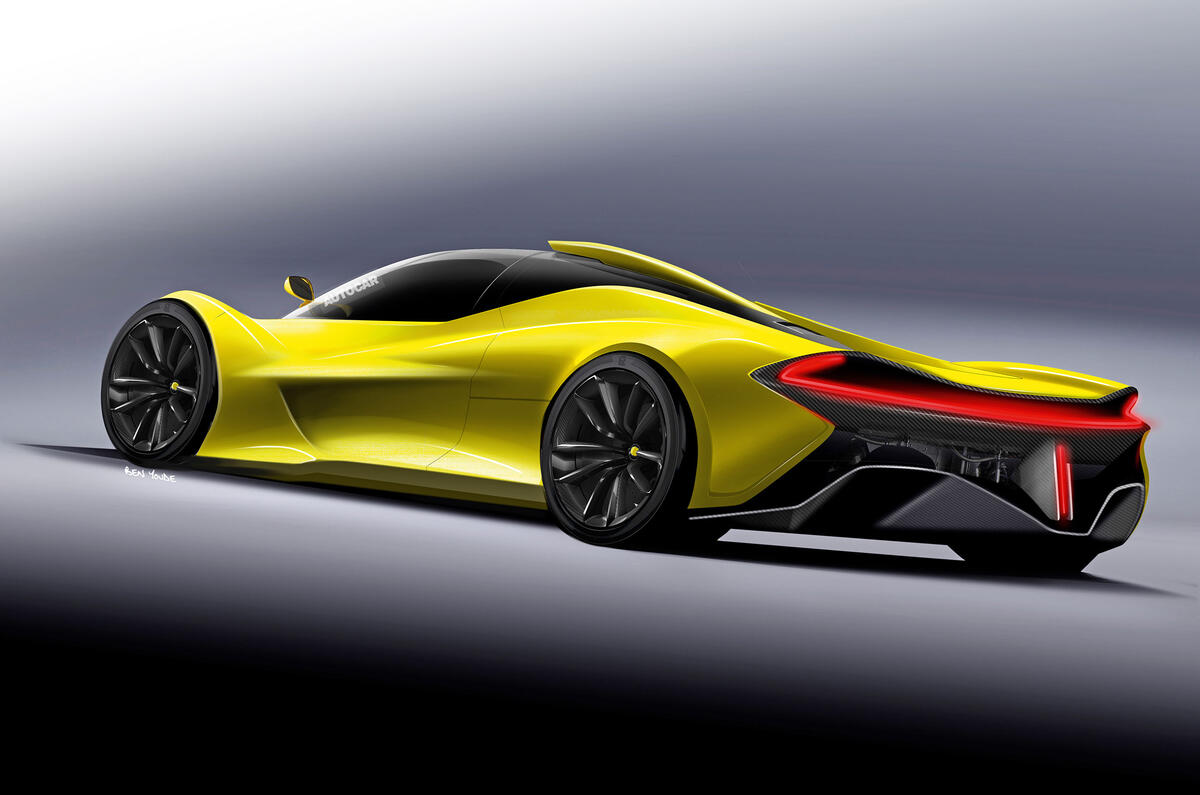
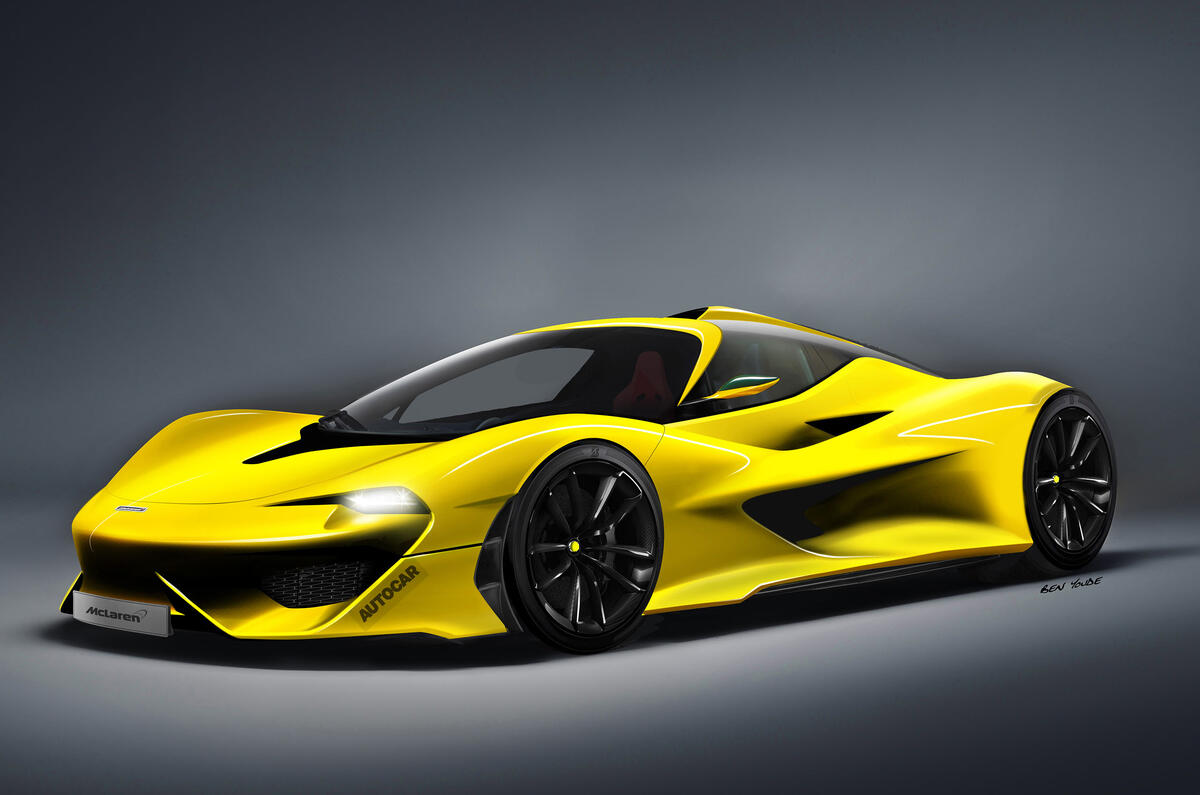
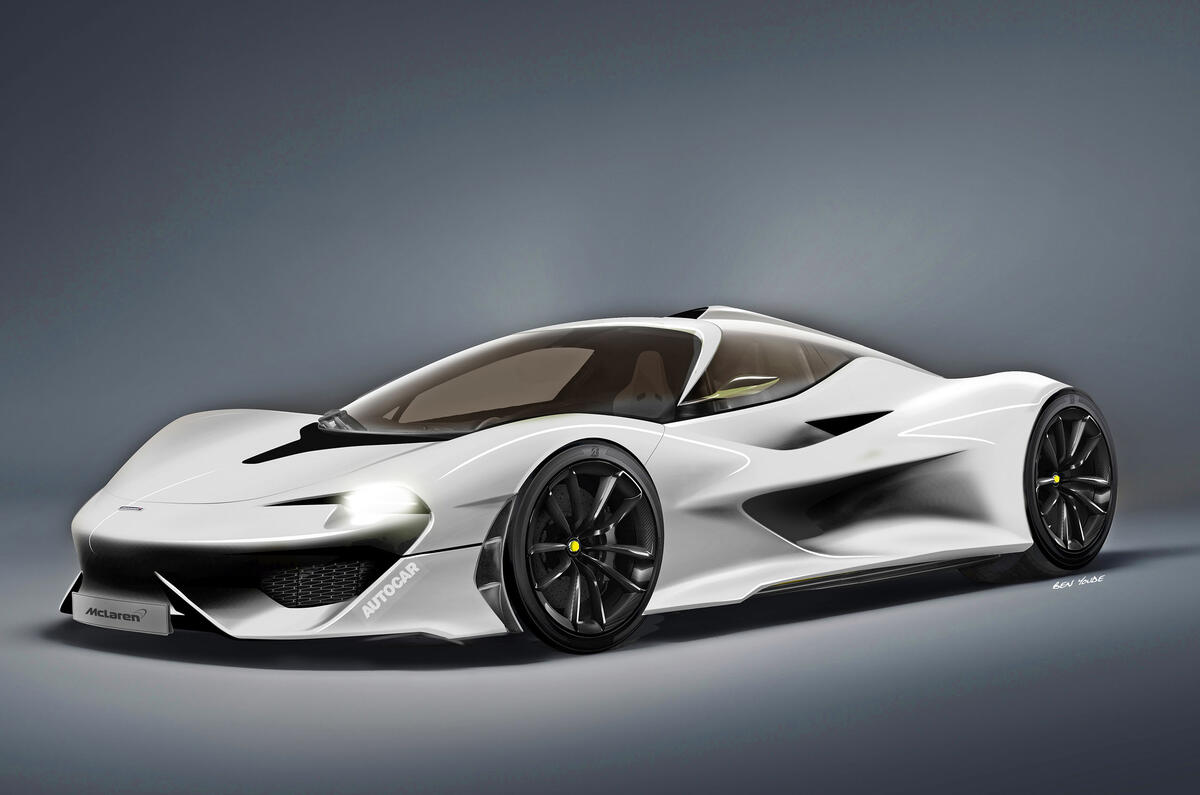
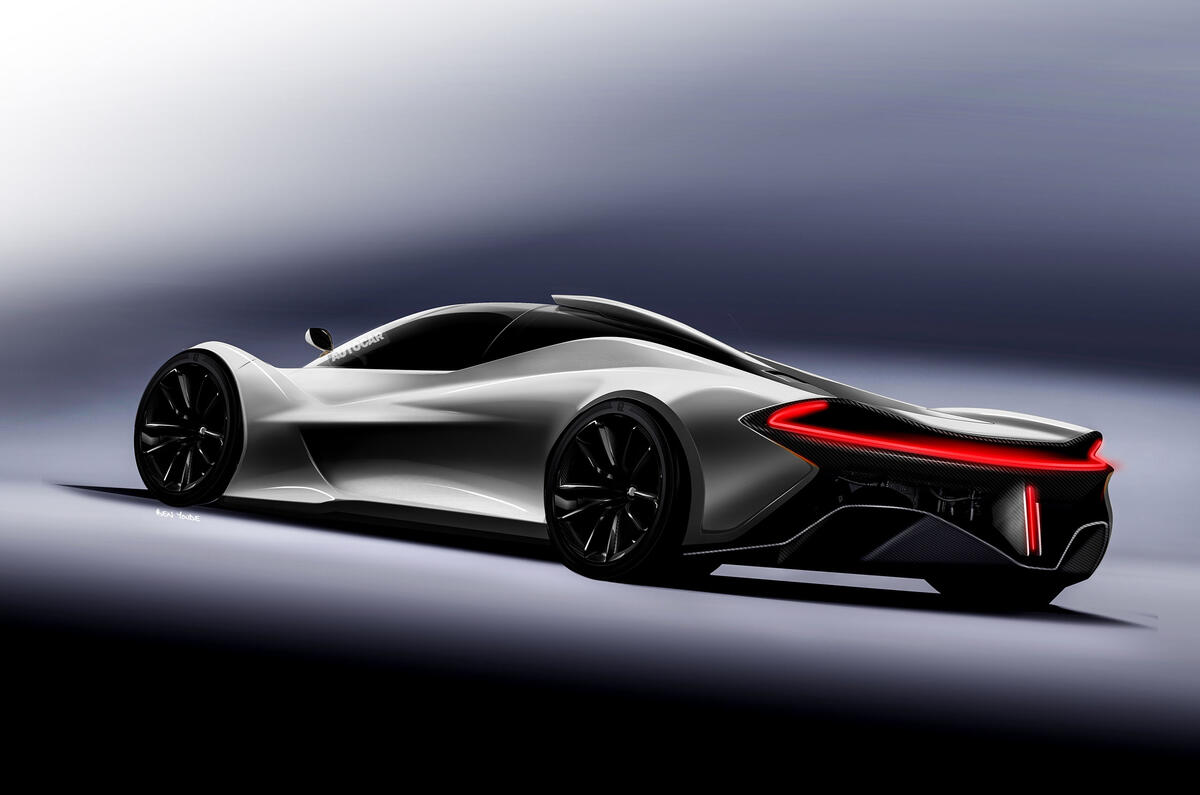
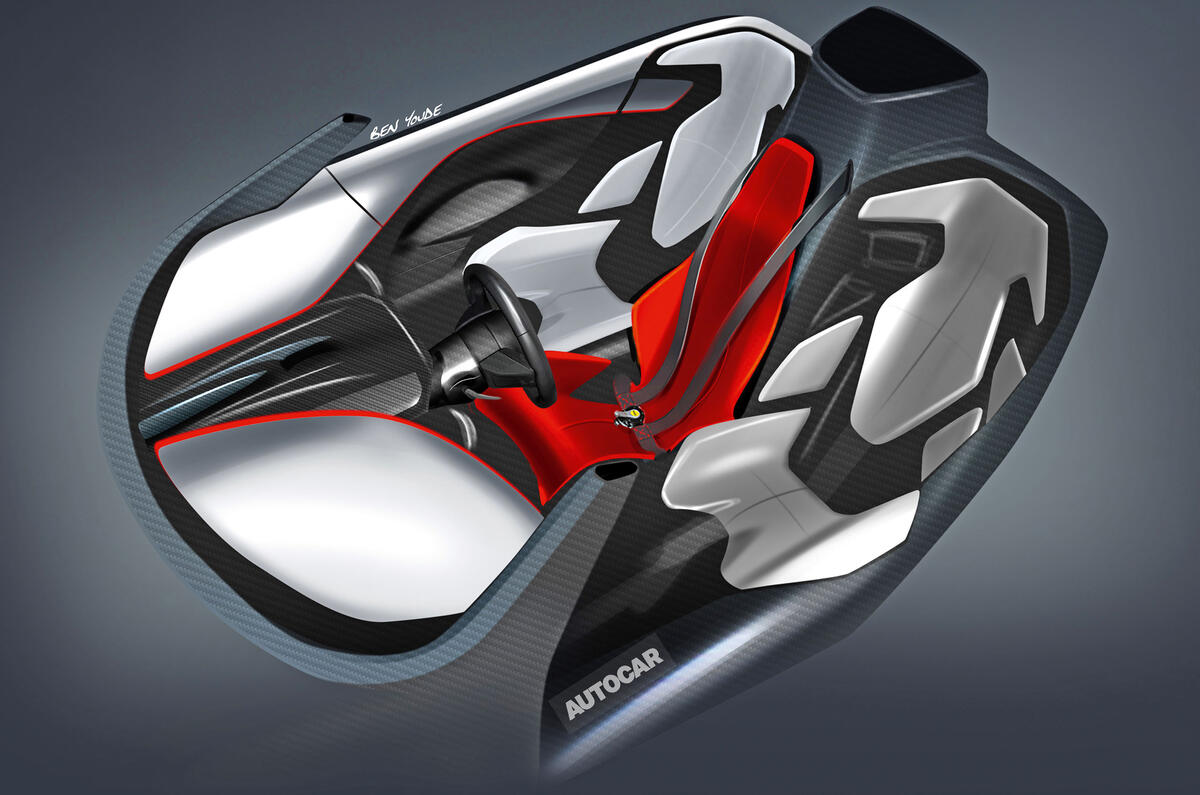
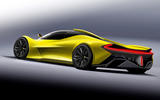


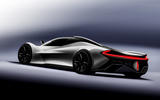
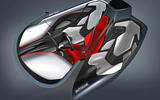


Join the debate
Add your comment
As others have said, the
Probably sacrilege but...
A middle seat is too
Saying that, no need for a gearstick should make access easier.
I love the Autocar render, it looks brilliant (though probably a million miles away from the real thing...). Great scoop anyway, well done AC.
Just a gimmick
Having said that, any new car from McLaren is a good and interesting prospect.